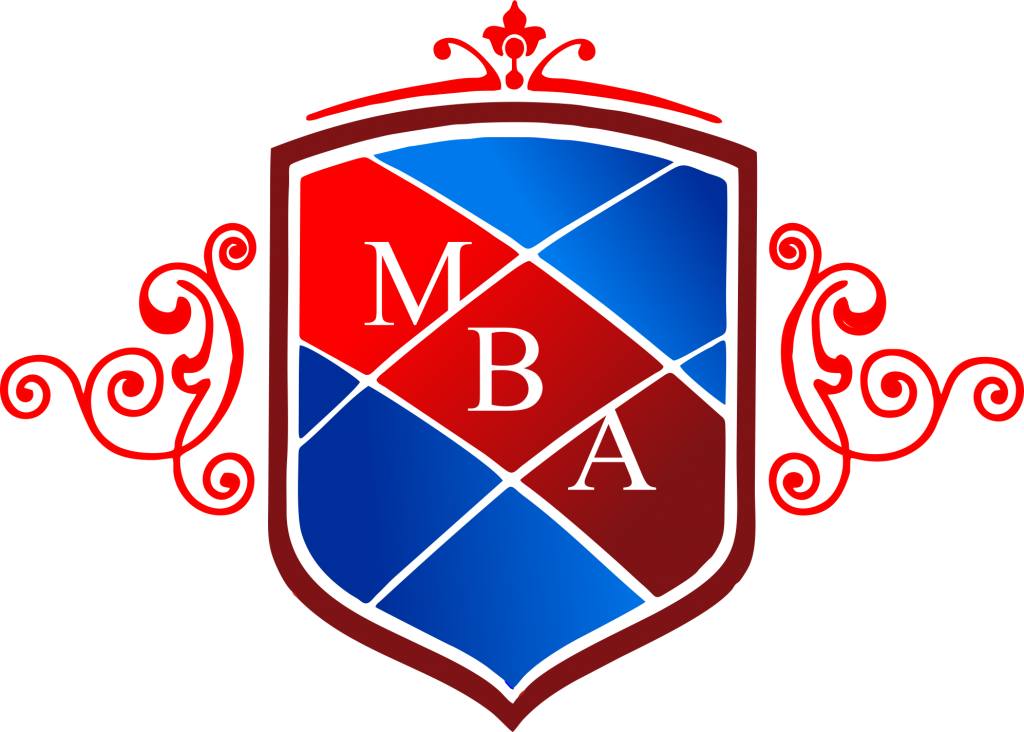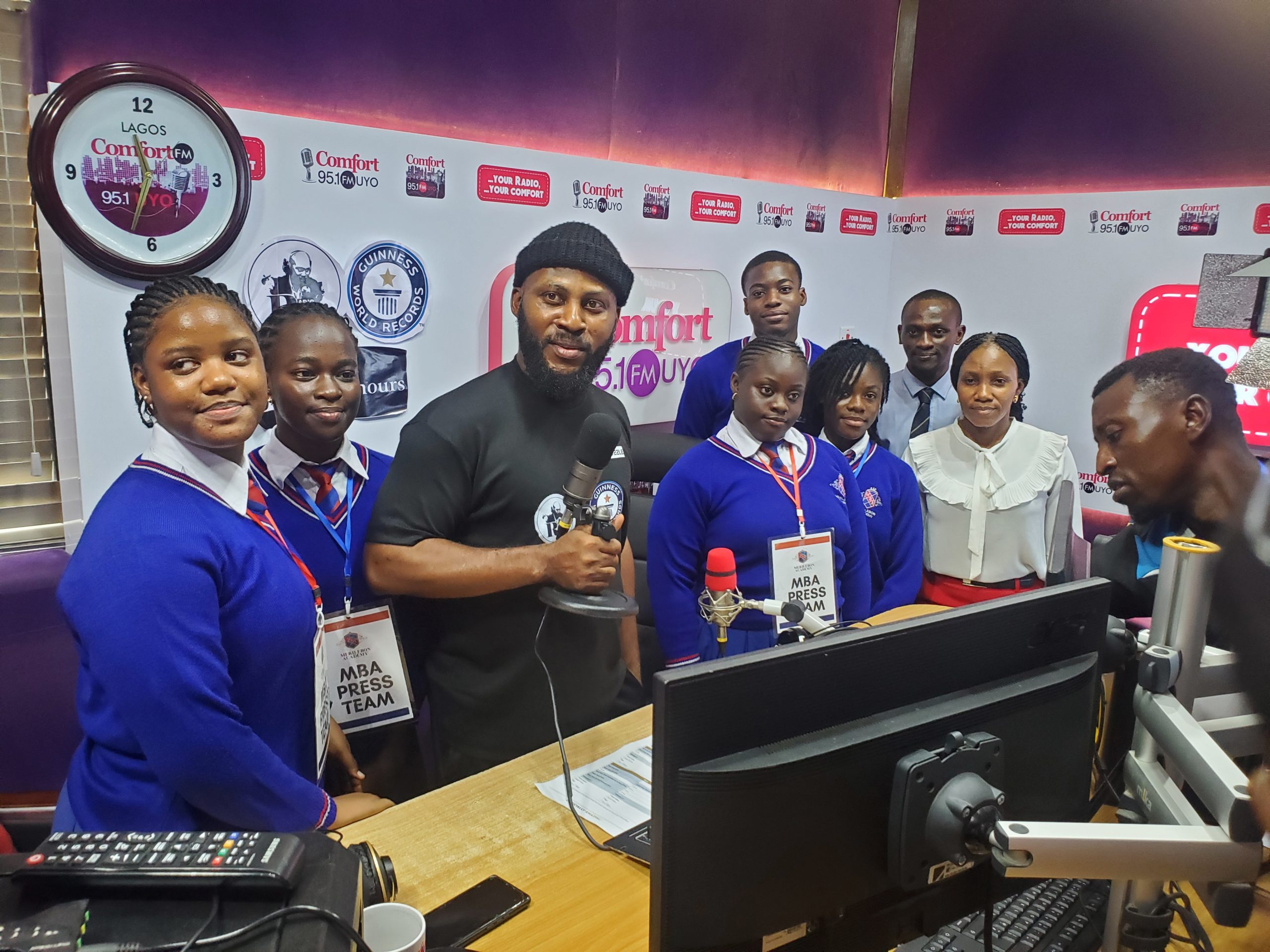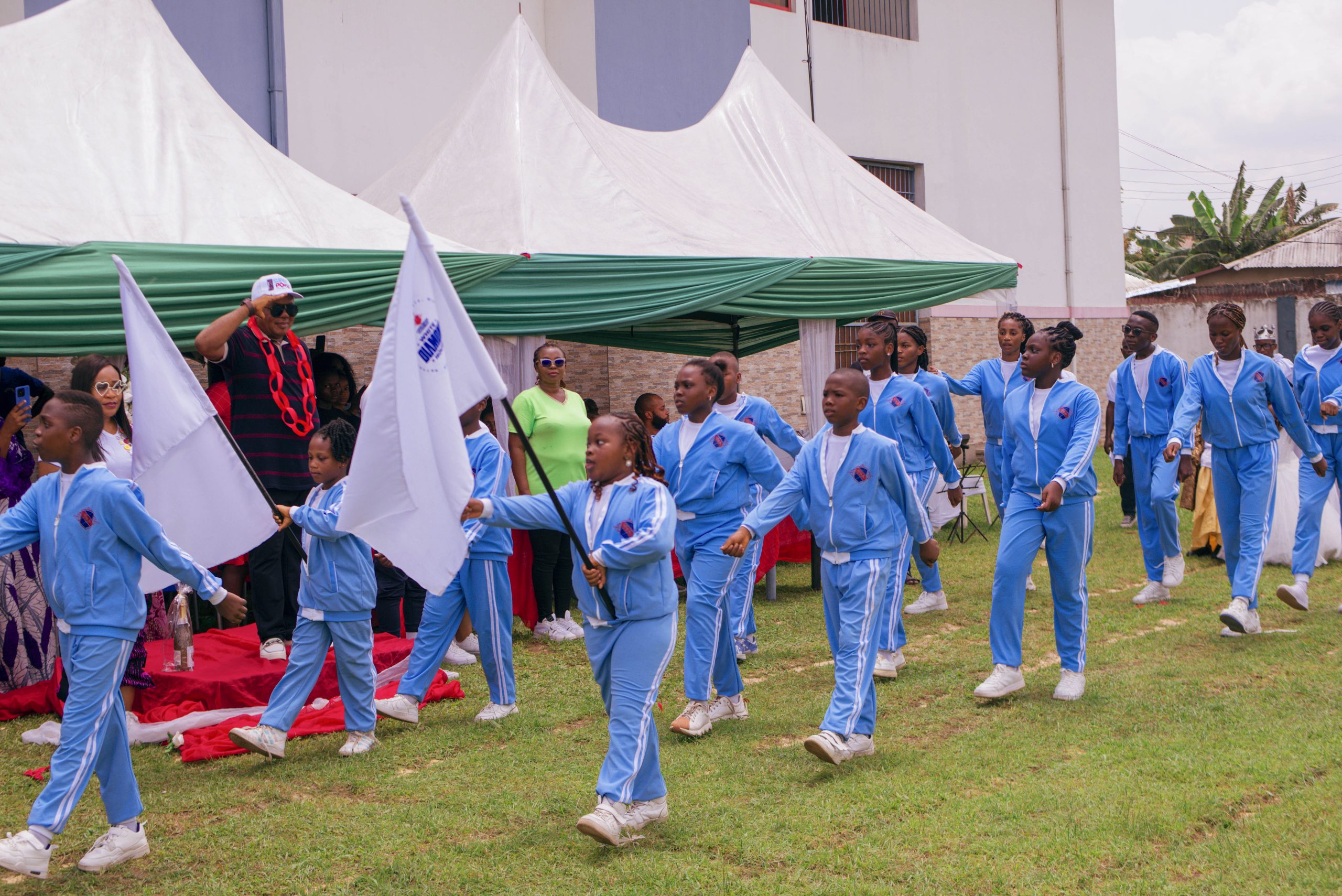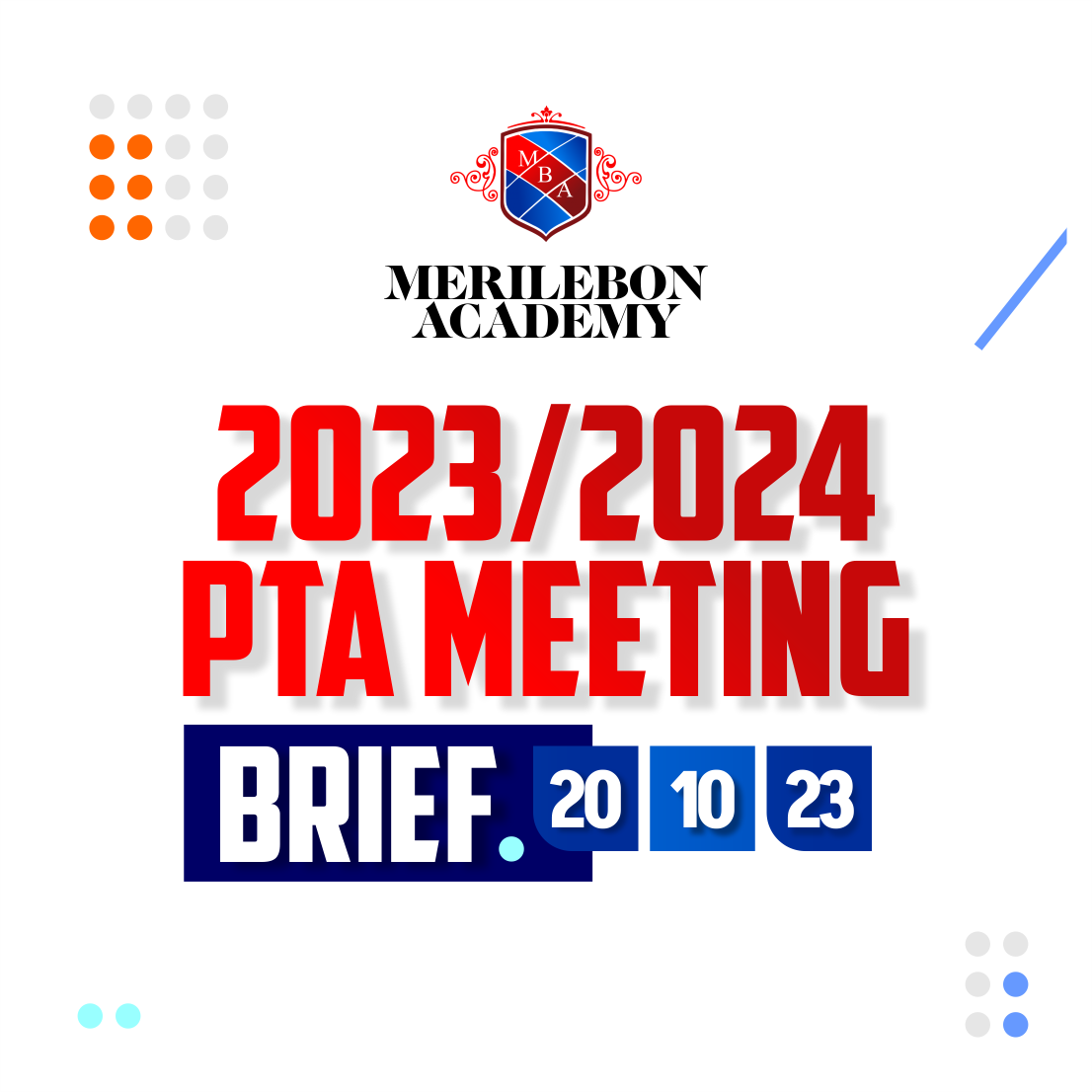Understanding Different Types of Learners
In the world of education, one size doesn’t fit all. People have diverse ways of processing and retaining information, which is why understanding the different types of learners is crucial for effective teaching. Four primary learning styles have been identified: audio, audio-visual, visual, and kinesthetic. Let’s delve into each of these styles to see how they impact learning.
Number One: Audio Learners
Audio learners absorb information best through listening. They have a keen ear for sound and thrive when information is presented in a verbal or auditory format. Lectures, podcasts, and discussions are their go-to learning methods. They excel in processing information through spoken words, making them great at grasping complex ideas through conversations and spoken explanations.
Number Two: Visual Learners
Visual learners rely on their sight to grasp new concepts. They learn most effectively when information is presented through images, charts, graphs, and other visual aids. They have a knack for remembering details from diagrams and videos. In the classroom, they benefit from well-organized slideshows, visual representations, and demonstrations.
Number Three: Audio-Visual Learners
These learners thrive when presented with a combination of auditory and visual stimuli. They benefit from videos, animations, and presentations that include spoken words along with accompanying visuals. This combination helps them absorb and retain information more effectively, making them versatile and adaptable in various learning environments.
Number Four: Kinesthetic Learners
Kinesthetic learners are doers. They learn best by engaging with the material through hands-on activities, physical movements, and practical applications. They need to touch, feel, and experience to understand and remember. Experimentation and interactive experiences are their preferred methods of learning.
Understanding these different learning styles is pivotal for educators and learners alike. Recognizing your personal learning style can significantly enhance the learning process. It allows you to tailor your study strategies to align with your strengths, boosting your comprehension and retention of information.
For educators, accommodating diverse learning styles can lead to more effective teaching. By employing a variety of teaching methods that cater to audio, visual, audio-visual, and kinesthetic learners, teachers can create a more inclusive learning environment where every student has a chance to excel.
Moreover, the combination of these learning styles often works in harmony. Audio-visual learners, for example, benefit from both auditory and visual input, creating a richer learning experience. For kinesthetic learners, providing hands-on activities in conjunction with visual or auditory elements can facilitate a well-rounded education.
Acknowledging and respecting different learning styles can open up doors to more efficient and enjoyable learning experiences. Whether you’re an audio, visual, audio-visual, or kinesthetic learner, embracing your unique style and adapting teaching methods accordingly can make a world of difference in your educational journey. After all, learning should be an adventure, accessible and enjoyable to everyone.






